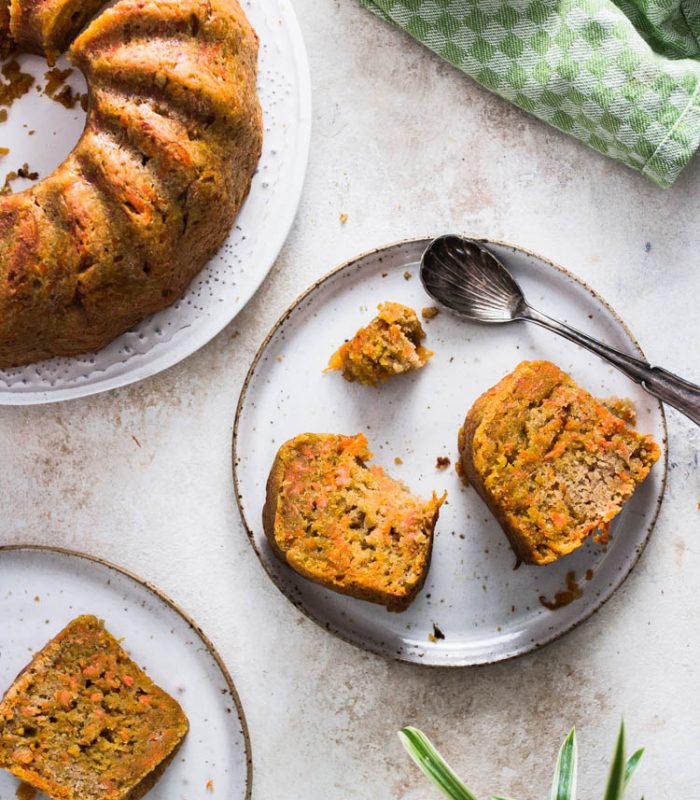
Hi and welcome to this detailed guide about lenses for food photography purposes.
If you’re knew in the game or would simply like to see how another food dude does it, you’re in the right place. I am admittedly I’m not a big technology geek and my delighted talks about the newest camera, lenses, flashes and who knows what other gimmicks are few and far between.
However, I know that lots of new folks have a lot of questions around this topic and I’d like to contribute my knowledge and thoughts about stuff such as depth of field, the crop-factor and prime lenses. And maybe it’ll even help some of you to make the final decision on what food photography lens to buy next. So let’s get started!
We don’t just want to buy blindly the next lens that crosses our path without having even a clue about the following terms: Aperture, focal length, crop factor. Right? (Nope, we don’t)
That’s because all these things are important basics for your general photographic understanding and will help you make an educated decision.
So, in order to not fall into a “tech-speak” let’s keep it simple – the aperture is what we call the little circular hole in a lens through which the light falls onto the camera sensor. The bigger that hole is, the more light will reach the sensor, the smaller it is, the fewer light will fall upon the sensor. Makes sense so far?
The aperture is specified as an f number (f/1.4, f/2.0,
f/2.8, f/4, f/5,6, f/8 etc.). In practice it is often referred to as aperture 1.4, aperture 2.0, aperture 2.8, aperture 4 and so on.
The aperture value describes the size of the aperture relatively to the focal length of the lens
Consequently f/2 (or 1/2) means that the size of the aperture is half as big as the focal length. If you’re shooting at f/2 with a 50mm lens the aperture will be 25mm in diameter.
This is also an explanation as to why lenses with long focal lengths and pretty small aperture values are so fat (and expensive). The
The fully open aperture of the Canon 85mm f/1.2* for example is over 7 cm in diameter (85mm / 1,2 = 70,8mm)
When talking about lenses and apertures there is no way around the depth of field.
Depth of field is what we call the layer of a photo which is displayed as sharp (in focus). How sharp or unsharp your photo will be throughout all layers depends on your choice of the aperture. The more open you chose your aperture (e.g. f/1.4 or f/2.8), the lower your depth of field will be.
When working with Depth of field and trying to create sharp yet interesting photos it’s important to be aware of the ‘Plane of Field’ as well.
Imagine the layer of sharpness as a two-dimensional plane. This area is the sharpest area in your photo. This layer is also parallel to your camera sensor.
This means not only the choice of your aperture but also the angle of your camera matters when you play with sharpness and unsharpness.

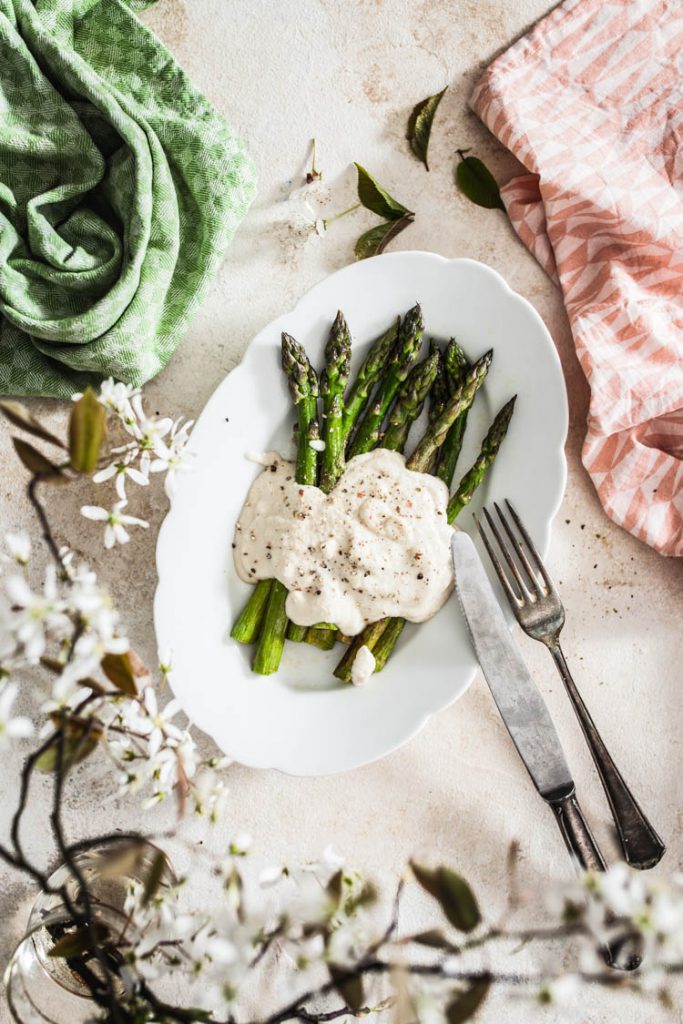
When it comes to lenses and their focals lengths there are three main types you should know
In my humbly opinion all three focal length areas are suitable and great for food photography (spoiler: I own lenses of all three types – what makes each of them special I will explain further down in this article)
However, before we’re talking about lenses in detail I have another important matter to discusss with you:
Before choosing the new food photography lens of your dreams you should at least have a basic idea about the crop-factor and what it does.
The crop-factor indicates by which factor your focal length has to be multiplied.
In order to understand this try and imagine the following:

When it comes to the crop-factor I often read things like ‘the focal length changes due to the crop-factor’. This is not exactly true. You can’t change the focal length physically. Nothing about your camera or lens changes.
However, since the crop-sensor is smaller than a full-frame sensor we have a clearly visible change in our photo impact. The angle is completely different.
When you’re looking for lenses and read about their focal length it usually refers to full frame. If you’re shooting with a crop-camera you have to consider the lengthening factor. For basic cameras with an aps-c (c is for crop) sensor this factor is usually 1.5 (for Nikon), 1.6 (for Canon) or even 2 (Micro-Four-Third cameras). It’s easy to find out the crop factor of your camera with a quick google search.
I have a quick and totally unsatisfying answer to that: It depends!
Neither do I know your own, unique photographic style, nor how high your expectations are. I don’t know which lens(es) you already own and what your individual budget for a new one is. But I can give you some suggestions to consider when planning a new acquisition – in the end it’s all up to you.
Do you like staying close to your food and love capturing details? If macro photography is your thing a 100 or 105mm* macro lens could be the right lens for you. Though you might as well like a shorter focal length such as a 60mm Macro* especially if you want to shoot from top view with it and own a crop camera.
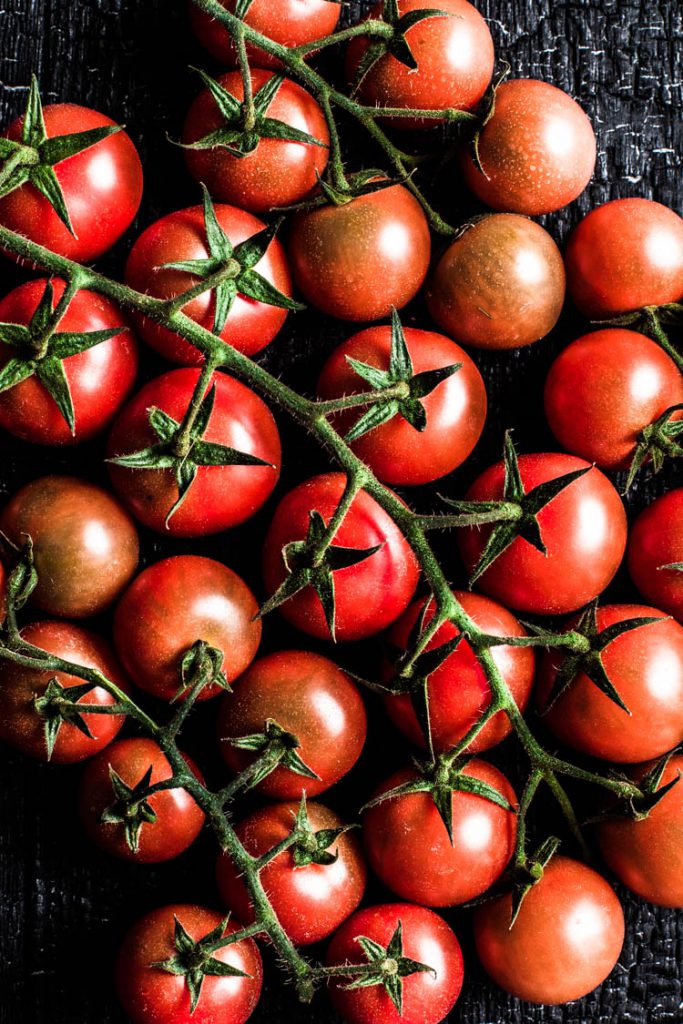
Do you like shooting from top view and tend to build larger setups? If you don’t want to move to a gym or dome hall I’d recommend a smaller focal length. I usually build my scenes on a low table in my living room and like using 35mm as well as 50mm for those shots. No ladder (or stool) needed.
If you’re equipped with a crop camera and photograph your food from higher than knee high tables I’d recommend buying a 24 or 35mm (or invest in a solid ladder 😉
Let’s be real: The big, bright world of photography lenses is amazing and everything. But if you don’t have the fitting financial background it can get frustrating very quickly. Maybe you’ve just purchased your first camera and want to check out if food photography is your thing at all. Or your student budget won’t cover investments over 500, 800 or maybe even 1000€ for a little glass covered in plastic. I totally get that – been there done that. So before spending humongous amounts of money you don’t have or where you’re not sure if it’s worth it, worry not!
We all know that Kit lenses are utterly useless and no fun for food photography at all. Consequently here is my recommendation:
Call a nifty shifty 50mm lens your own and celebrate
Whether you’re a Canon* or Nikon* user, there’s a nifty fifty for everyone and it’s the best you can get for such a low price. If you’re planning to continue learning and exploring photography (whether it be food or a different subject), there’s nothing you can do wrong with such a lens.
However, if you want more or have more specific demands let me show you my personal favourites. My own lens collection consisting of 3 lenses I’ve used for years and years and which I can highly recommend:
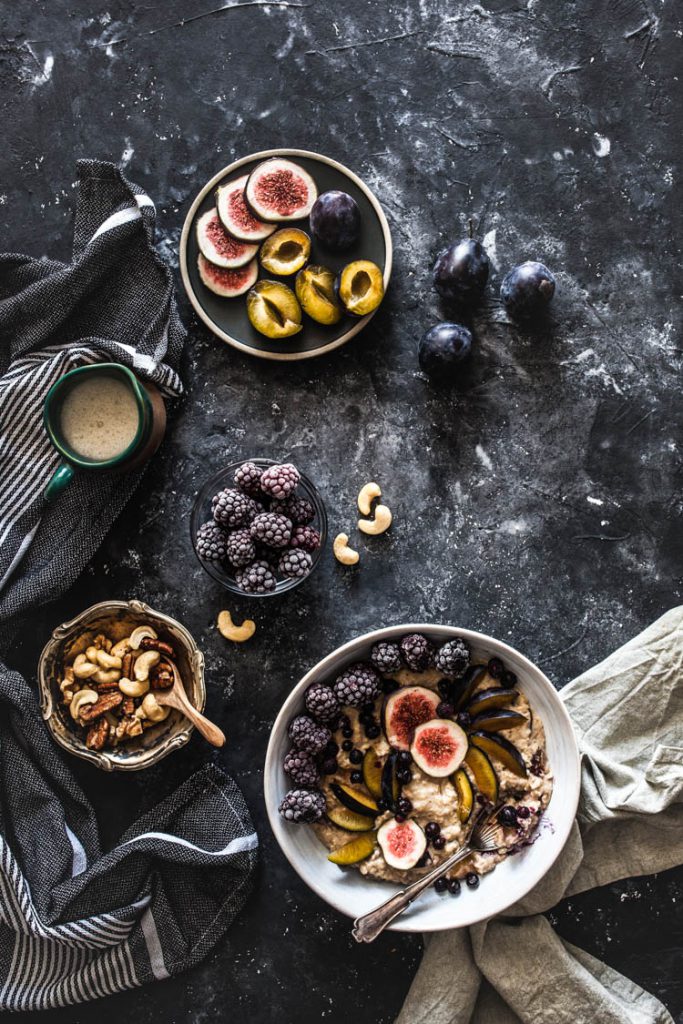
Particularly useful for 90° overhead shots. If you love big setups and don’t want to climb chairs and ladders you will love the Sigma 34mm 1.4 Art*. I love this lens more than anything. It is amazingly sharp, has a beautiful bokeh and is not only useful for top shots but can manage close-ups as well.
If you’re the owner of a crop-camera a 35mm is pretty close to the normal focal length 50mm.
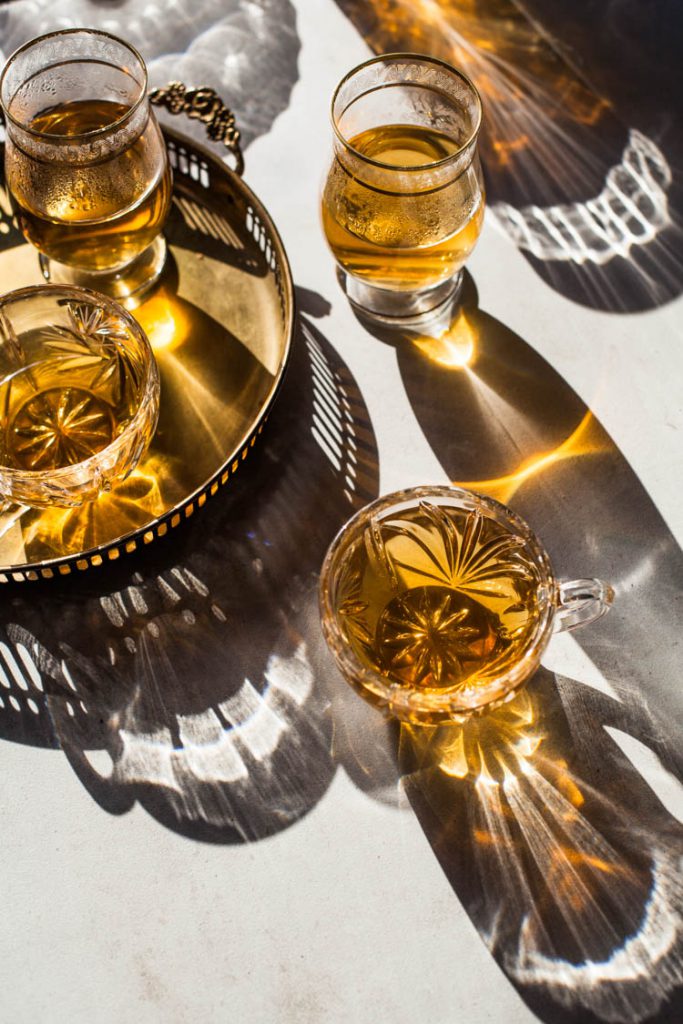
There we go. The normal lens, that makes everyone happy. Only a year ago or so I’ve bought the lens off from a friend and don’t want to miss it anymore since then. Whenever I feel the look of my 35mm is a bit too ‘far’ or distorted I’m changing to the 50mm. I love it the most for 45° perspectives but it also works nicely for overhead perspectives. Beautiful, natural look.
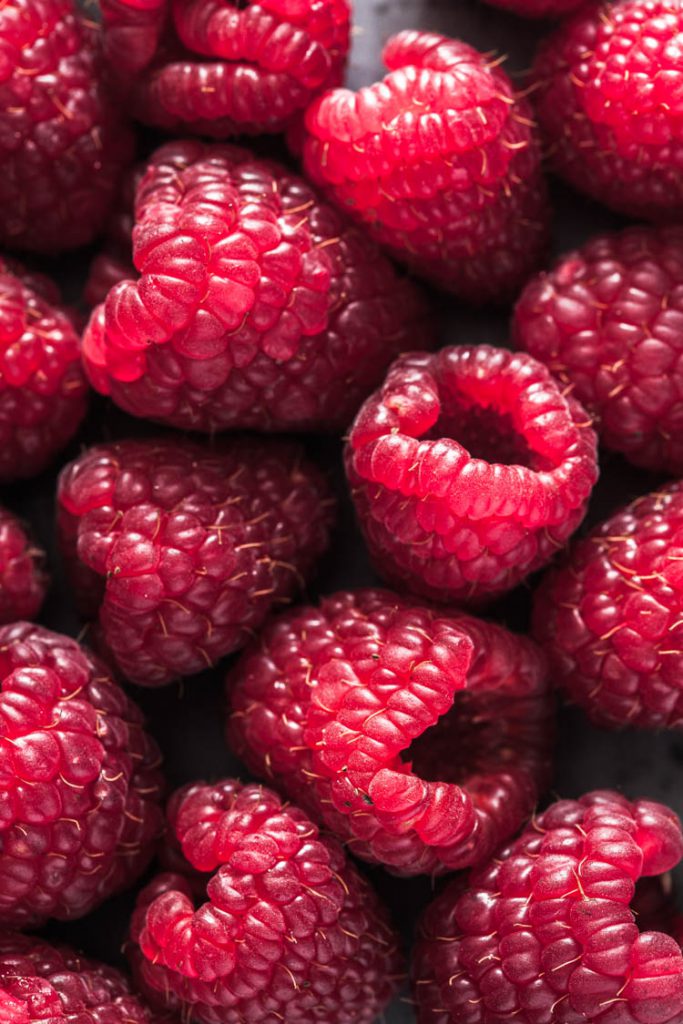
One of my first and (then) more expensive lenses which I would never give away is the Canon 100mm 2.8*. No, it doesn’t need to be the expensive L version and if you’re focusing on food photography an image stabilizer isn’t necessary either. The sharpness and quality of this lens are simply amazing.
I own it since 2011 and I always had times when I didn’t use it too often. But it’s still on fleek and lately I just love using it to play more with sharpness and unsharpness, detail shots and genereally explore food on a closer level. When I still owned a crop camera I had some trouble getting everything into frame in my tiny apartment. It can be quite a challenge in that matter. Today I’m using it a lot though and that not just for macro and detail shots.
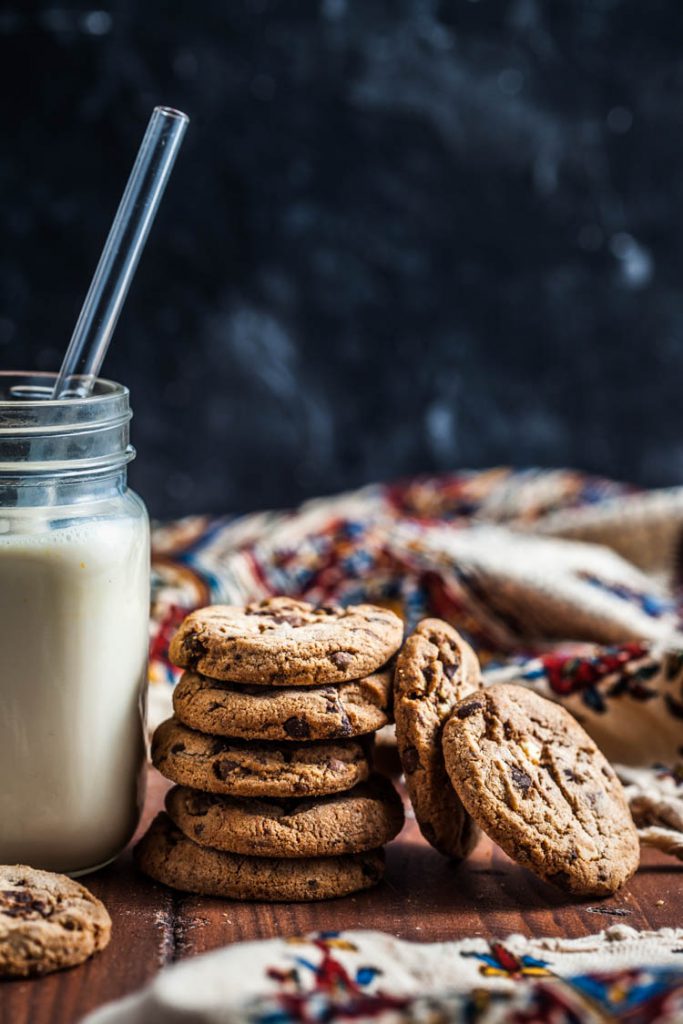
I hope this little excursion helped you a little with what you need for your next perfect food photography lens.
*This post contains affiliate links. Purchases made via those links won’t cost you a penny more, yet recompensate me with a little commission. Consequently, if you like one of the presented products I’ve be ever so grateful if you purchased it via my links as a form of appreciation for the work I put into my posts. Don’t forget that each supporting of a small company or blog will lead to a real person doing a happy dance (at least that’s what I’ll do)
All prices incl. VAT.
All striked out prices refer to prices used to be charged at this shop.
3 Responses
Beautifully written , much appreciated for all the details , but still can’t make up my mind really whether to get the 35mm or not . I Have already 50mm 1.4 , macro 100mm 2.8 and 24-105 mm F4 . Do you think getting the 35mm will be a waste of money . Again thank you for your help . regards
Whoa! Thanks for this, I already have the Sigma 35mm 1.4 and loving it but at the moment I am only using it for street photography. I wanted to see how it looks for food photography and it seems it does a good job! Thanks again
I’m glad it helped!
Have fun and explore. The best lens is the one, that you already have ^.^